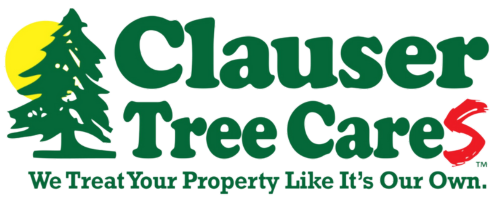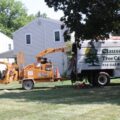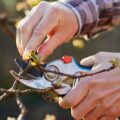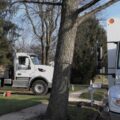Chalfont, Pennsylvania, is renowned for its picturesque landscapes and lush greenery, and trees play a vital role in maintaining the natural beauty of the region. However, like all living organisms, trees are susceptible to diseases, pests, and environmental stressors that can lead to their decline or death. These signs of a dying tree include:
- Leaf Discoloration
- Thinning Canopy
- Dead or Dying Branches
- Bark Abnormalities
- Fungal Growth
- Insect Damage
- A Decline in Health Over Time
In this article, we will discuss some common signs of a dying tree in Bucks and Montgomery counties and explore how you can help preserve your beloved trees and maintain the beauty of your property.
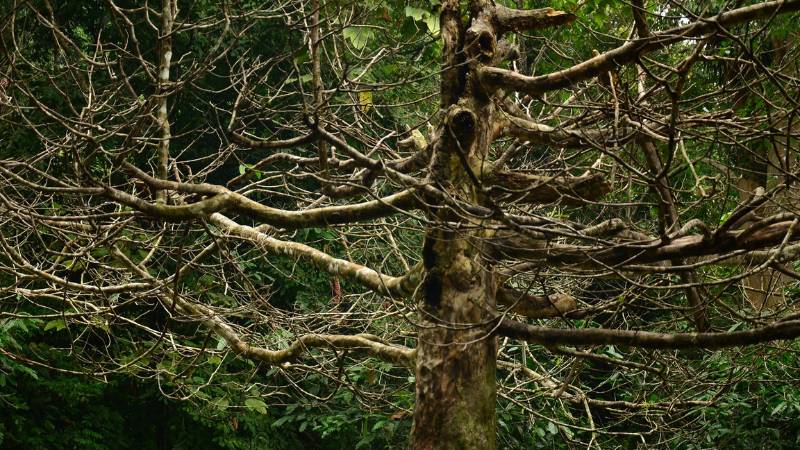
A sign of an unhealthy tree is premature leaf drop.
Signs of a Dying Tree
1. Leaf Discoloration:
One of the first signs of a declining tree is a change in the color and appearance of its leaves when they should be green and healthy. If you notice your tree’s leaves turning yellow, brown, or prematurely falling off, it could indicate a problem. Keep in mind that some trees naturally shed leaves in the fall, but if this occurs at other times of the year, it’s a cause for concern.
2. Thinning Canopy:
A healthy tree should have a full, vibrant canopy until it loses its foliage for the season. If you observe significant thinning of branches and leaves in your tree’s canopy, it may be a sign of stress, disease, or pest infestation.
3. Dead or Dying Branches:
Dead or dying branches can be a clear indication that your tree is in trouble. These branches may lose their leaves, develop cracks or splits, or show signs of decay. Dead branches can also pose a safety hazard as they can fall and cause property damage or injury.
4. Bark Abnormalities:
Changes in a tree’s bark can reveal underlying issues. Look for cracks, peeling bark, or unusual growths. These can be symptoms of diseases or pest infestations.
5. Fungal Growth:
The presence of mushrooms or other fungal growth at the base of your tree is a sign of decay and rot. Fungi can infect the tree’s roots, compromising its stability and health.
6. Insect Infestation:
If you notice an unusual influx of insects or signs of insect damage, it’s essential to act promptly. Insect infestations are often controlled when addressed quickly and before they have time to do real damage.
7. Declining Health Over Time:
Sometimes, a tree’s health deteriorates gradually over several years. If you notice a long-term decline in the overall health and vigor of your tree, it’s crucial to address the issue before it’s too late. Seek help as soon as you notice your tree is unhealthy.
Did You Know? An unhealthy tree can be a dangerous tree! Check out our 7 Signs of a Dangerous Tree article to learn more!
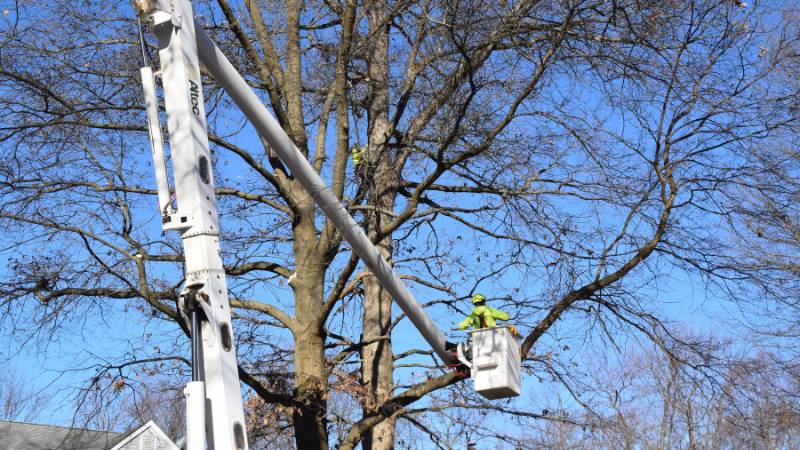
Regular pruning is a good way to remove any diseased or damaged branches and can keep your trees thriving all year long.
How to Help a Dying Tree
1. Diagnosis and Assessment:
A professional tree service can provide a thorough inspection of your tree’s health. They will identify the underlying issues causing the decline and determine the best course of action.
2. Proper Pruning and Trimming:
Trained arborists can safely and strategically prune dead or diseased branches to improve the tree’s overall health and appearance. This practice can also prevent the spread of diseases and reduce the risk of falling branches.
3. Tree Disease Treatment:
If your tree is suffering from a disease, a tree service can provide treatments to mitigate the disease’s impact and promote recovery. They may use fungicides, insecticides, or other appropriate measures to combat the issue.
4. Professional tree services:
Can implement pest management strategies to protect your trees from infestations and save them from further damage.
5. Tree Removal and Replacement:
In cases where a tree is beyond saving or poses a safety risk, a professional tree service can safely remove the tree and advise on suitable replacement options. This ensures that the removal process is executed efficiently and safely.
6. Regular Maintenance:
Regular tree care and maintenance are essential for preventing tree decline. A professional tree service can provide ongoing care, including fertilization and watering, to keep your trees healthy and thriving.
7. Act Quickly:
Timely intervention is the place to start when it comes to any tree health issue. Many times, an unhealthy tree can be brought back if the condition is addressed quickly enough. Don’t let a reversible condition kill your trees through inaction!
Dying Trees – Last Words
Trees are not only a source of beauty but also contribute to the overall well-being of the environment. Recognizing the signs of a dying tree and seeking help from a professional tree service can make a significant difference in preserving these natural wonders. By addressing tree health issues promptly and effectively, you can ensure that your trees continue to thrive and enhance the beauty of your property for years to come. Don’t hesitate to reach out to a trusted tree service provider if you suspect any problems with your trees; their expertise can be invaluable in maintaining a healthy and vibrant landscape.
Need Help with an Unhealthy Tree?
Are your Montgomery and Bucks counties trees unhealthy? Do you need a true tree expert to assess your trees and get them back to good health? Call Clauser Tree Care today at 215-542-8291. Our certified arborists are specially trained and highly skilled in the art and science of tree healthcare and diagnostics. Don’t put it off any longer!
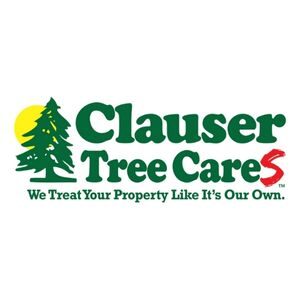
About Clauser Tree Care
From who you talk to on the phone in our office, to our courteous and experienced work crews who provide your service, all of the hard-working team members at Clauser Tree Care strive for complete client satisfaction. Our job is simply not done until you are pleased with the experience that you have had working with our company. Founded more than 25 years ago on the principles of honest work and arboricultural best practices, we strive for a higher standard of care for a greener future.
